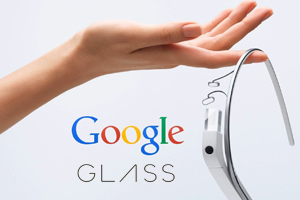When Google Glass was first introduced in 2013, it was all the rage…for about 10 minutes. While it didn’t catch on with consumers as hoped, the technology is being adapted into various professional settings, including healthcare.
Healthcare applications (potential and actual) of Google Glass include recording of real-time patient encounters and procedures for storage in an electronic medical record (EMR). One health system, Dignity Health in San Francisco, has been at the forefront of increasing clinical efficiency by using a Google Glass interface with the EMR.
Dignity uses a software called Augmedix. Dr. Davin Lundquist, vice president and chief medical information officer at Dignity, has used the Augmedix system with Google Glass for over three years. The hands-free features of the system prompted Dr. Lundquist to champion its use.
At the start of his day, Dr. Lundquist opens the Augmedix system, links it to his computer and then connects securely with a remote medical transcriptionist, or “medical scribe.” The scribe will watch and listen to every encounter and transcribe the interaction using medically appropriate language. This relieves the doctor of having to write encounter notes after the fact, thus saving time for the physician. It also helps return the physician to his or her true role of providing patient care, rather than being a clerk.
Improvements made to Google Glass include improved WiFi capability, a longer-lasting battery, enhanced resolution and streamlined functionality. These enhancements all serve to make Google Glass better suited to uses such as this.